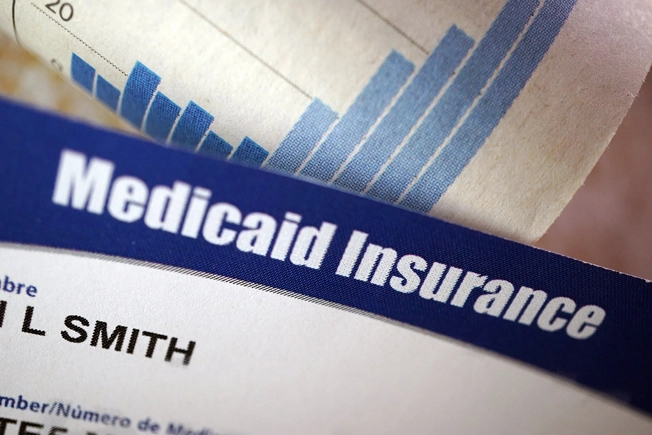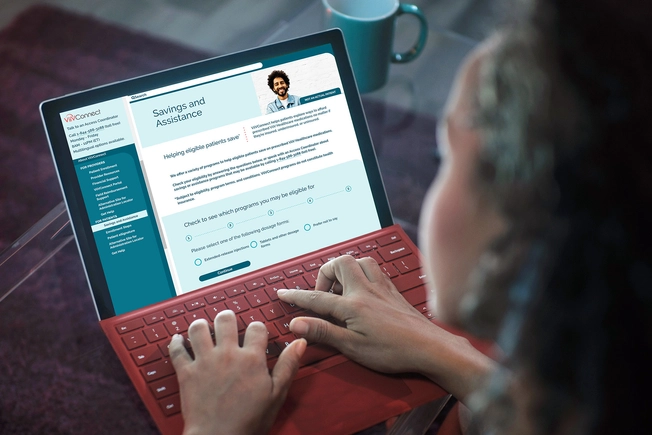Get PrEP: Cheap, Easy and Safe Ways to Get It


Who Needs PrEP?
If you’re at risk of HIV through drug needles or sex, a medicine called PrEP (pre-exposure prophylaxis) could help you. It’s a safe way to prevent HIV from spreading through your body. PrEP requires a prescription, but there are many easy, safe, and cheap ways to get it. Here’s what you need to know.

Insurance Coverage for PrEP
PrEP is free through most health plans and state Medicaid programs. You won’t pay for the drug, follow-up doctor visits, or extra tests, including the HIV tests you’ll need every 2-3 months. Call the number on the back of your health plan card to see if PrEP is covered for you.

How to Get PrEP Without a Health Plan
If you’re not insured, or if your insurance doesn’t cover PrEP, you can get it for free through the federal program Ready, Set, PrEP. Once a doctor prescribes it, you apply online, by phone at 855-447-8410, or through a form that you print out and have your doctor submit for you. A lot of states also have their own programs that help pay for PrEP, although you may have to get your prescription from a certain doctor or clinic.

Help From the Drug Company
The companies that make PrEP sometimes help out with its cost. Apply at either the Advancing Access program or ViiVConnect to find out if you qualify for a discount or if you can get PrEP free of charge.

You Can Get PrEP From Your Doctor
You don’t need to see a special HIV doctor to get PrEP. Any doctor of medicine (MD) or doctor of osteopathic medicine (DO) can prescribe it to you. So can a physician assistant (PA) or nurse practitioner (NP). Ask any health care provider that you see on a regular basis about PrEP.

PrEP at Local Clinics
If you don’t have a personal doctor, you may be able to get PrEP at a free or low-cost clinic in your area. Look into local Planned Parenthood clinics and the health centers run by your town, city, county, or state health department. Federally qualified health centers (FQHCs) can prescribe PrEP, too. Find a Health Center is an online tool to help you find a clinic in your area.

ERs, Urgent Care, and Hospitals
PrEP is often available at ERs or urgent care clinics. The hospital may have its own PrEP program, where you’ll keep seeing the provider who prescribed you PrEP while you take it. Or you may have to follow up with a primary care doctor on your own for monitoring and refills.
The HIV Services Locator can point you toward a PrEP provider in your area.

PrEP on the Web
Most states allow you to get PrEP from an online service. After a phone call, chat, or video visit, a doctor prescribes it to you. You’ll complete an at-home HIV test kit or get bloodwork done at a local lab before you can fill your prescription. A telehealth (or “telePrEP”) service can be a great option if it’s hard to get to a clinic.

HIV Advocacy Groups
Nonprofit groups that help people with HIV and HIV prevention sometimes offer PrEP services or can at least connect you with a service. For instance, if you live in the San Francisco area, you can get PrEP from the San Francisco AIDS Foundation.

Where NOT to get PrEP
A friend or hookup might offer to share their PrEP with you, but that could hurt you both. You need tests before you start PrEP. And after you start, you need regular follow-up visits with a doctor to make sure it’s safe for you. Also, for PrEP to protect against HIV, you have to take every dose. So, if your friend gives you PrEP, that means they might not be taking it as they should.

Spread the Word About PrEP
PrEP is a really safe way to protect yourself from HIV, but not everyone knows about it or can get it. Only 14% of PrEP users are Black and 17% are Hispanic. People who aren’t insured, don’t speak English well, or weren’t born in the U.S. are also less likely to know about or use PrEP. You can do your part by talking about it with your partners and friends. Spreading the word about PrEP is a great way to stop the spread of HIV.
IMAGES PROVIDED BY:
YakubovAlim / Getty Images
Kameleon007 / Getty Images
Cavan Images / Getty Images
Diego Cervo / EyeEm / Getty Images
Monica Rodriguez / Getty Images
Tom Werner / Getty Images
sshepard / Getty Images
MangoStar_Studio / Getty Images
gahsoon / Getty Images
track5 / Getty Images
Tom Werner / Getty Images
SOURCES:
HIV.gov: “Pre-Exposure Prophylaxis.”
BMC Nursing: “Understanding the role of nurse practitioners, physician assistants and other nursing staff in HIV pre-exposure prophylaxis care in the United States: a systematic review and meta-analysis.”
StatPearls: “Practitioners and Prescriptive Authority.”
ReadySetPrEP.HIV.gov.
CDC: “Paying for PrEP.
Planned Parenthood: “What is PrEP?”
PleasePrEPMe.org: “Online Ways to Get PrEP,” “Resources for Covering the Cost of PrEP and PEP.”
NASTAD.org: “State PrEP Assistance Programs.”
Gilead Advancing Access Program.
ViiVConnect: “Savings and Assistance.”
The Journal of Urgent Care Medicine: “Is PrEP Appropriate for Urgent Care?”
Journal of the American College of Emergency Physicians open: ““Utilizing emergency departments for pre-exposure prophylaxis (PrEP).”
Kaiser Permanente: “Meet our HIV and PrEP care delivery team.”
University of Iowa Hospitals & Clinics: “PrEP Clinic.”
San Francisco AIDS Foundation: “Tips & info for people taking Truvada or Descovy for PrEP,” “Get PrEP Services.”
Project Inform: “PrEP: Is Taking PrEP the Right Choice For You?” ”PrEP Facts: Where Can I Get PrEP?”
MMWR Morbidity and Mortality Weekly Report: “Racial, Ethnic, and Gender Disparities in Awareness of Preexposure Prophylaxis Among HIV-Negative Heterosexually Active Adults at Increased Risk for HIV Infection – 23 Urban Areas, United States, 2019.”
AIDSVu.org: “AIDSVu Releases New Data Showing Significant Inequities in PrEP Use Among Black and Hispanic Americans.”
U.S. Health Resources and Services Administration: “Find a Health Center.”